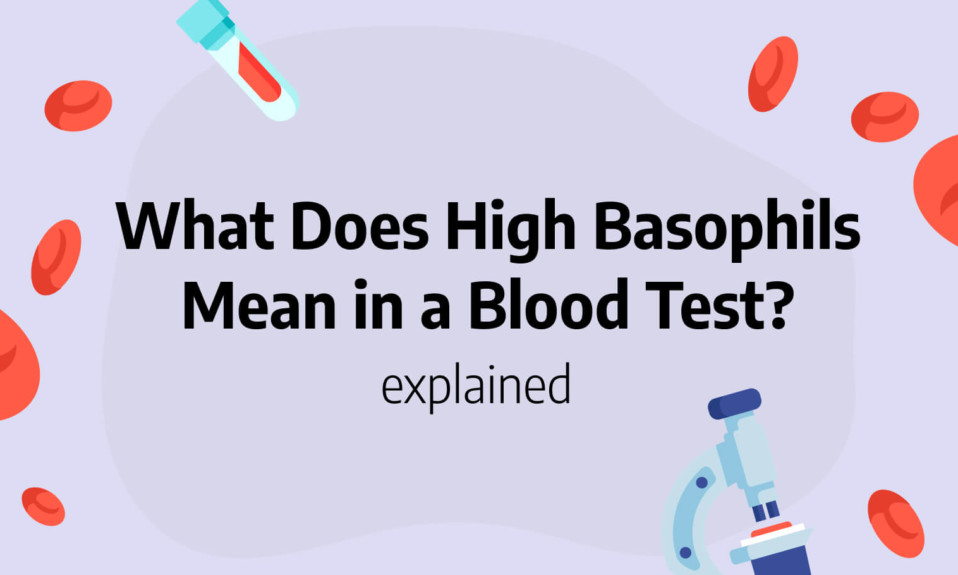Pink eye is a common eye condition that causes redness and itching.
However, not every instance of red, itchy eyes is actually pink eye.
In fact, there are several conditions that can be misdiagnosed as pink eye, such as allergies, dry eye syndrome, and even bacterial infections.
It’s important to correctly identify and treat the underlying cause of eye symptoms to alleviate discomfort and prevent further complications.
What conditions mimic symptoms of pink eye?
Pink eye, also known as conjunctivitis, is an infection or inflammation of the conjunctiva, the thin, transparent layer of tissue that lines the inside of the eyelid and covers the white part of the eyeball.
Symptoms of pink eye include redness, itching, burning, discharge, and watering of the eye.
However, these symptoms can also be caused by other conditions that mimic pink eye.
One such condition is allergies.
Allergic conjunctivitis is an allergic reaction that occurs when the eyes come in contact with an allergen such as pollen, pet dander, or dust mites.
Symptoms include itching, redness, and watery discharge, which can be mistaken for pink eye.
Another condition that can mimic pink eye is uveitis, which is inflammation of the middle layer of the eye.
Symptoms of uveitis include redness, pain, and sensitivity to light, which can also be seen in pink eye.
Corneal abrasion, which is a scratch on the surface of the eye, can also cause similar symptoms to pink eye, such as pain, redness, and sensitivity to light.
In rare cases, glaucoma, a group of eye diseases that damage the optic nerve, can cause redness, pain, and blurred vision, which can be similar to the symptoms of pink eye.
It is important to consult an eye doctor to determine the underlying cause of the symptoms and receive proper treatment.
In conclusion, while pink eye is a common condition, it is important to be aware of other possible causes of similar symptoms.
Allergies, uveitis, corneal abrasion, and glaucoma are just a few examples of conditions that can mimic pink eye.
Seeking the advice of an eye doctor is the best course of action to ensure accurate diagnosis and treatment.
Differences between pink eye and other eye infections
Pink eye, also known as conjunctivitis, is a common eye infection that many people experience.
It can be caused by viruses, bacteria, or allergens, which can lead to redness, itchiness, watery eyes, and discharge.
One of the biggest differences between pink eye and other eye infections is its contagiousness.
Pink eye can spread very easily from one person to another, particularly when there is direct contact with secretions from the eyes.
Additionally, viral pink eye typically resolves on its own within a week or two, whereas bacterial pink eye requires treatment with antibiotics.
Other types of eye infections include keratitis and endophthalmitis.
Keratitis is an infection of the cornea that can occur after an injury or exposure to bacteria or fungi.
It can cause pain, light sensitivity, and blurred vision.
Endophthalmitis, on the other hand, is a more serious infection that occurs inside the eye.
It can result from a penetrating injury or as a complication of eye surgery.
Symptoms include severe pain, redness, vision loss, and floaters in the eye.
To differentiate between pink eye and other eye infections, it is important to pay attention to the specific symptoms present.
Although all eye infections may cause redness and irritation, the severity and duration of these symptoms can vary.
With pink eye, there may be more discharge and itching, whereas with keratitis, there may be more pain and sensitivity to light.
Additionally, proper diagnosis and treatment are crucial for preventing complications and preserving vision.

Misconceptions about pink eye diagnoses
Pink eye or conjunctivitis is a common eye condition that occurs when the conjunctiva (a thin, transparent tissue that lines the white part of the eye and the inside of the eyelid) becomes inflamed.
While it is a relatively harmless condition, there are many misconceptions about its diagnosis that can lead to unnecessary worry or delay in treatment.
One misconception is that all red, itchy, or watery eyes are caused by pink eye.
While these are common symptoms, they can also be caused by allergies, dry eyes, or even a foreign body in the eye.
It is important to have a proper diagnosis from a healthcare provider before starting any treatment.
Another common misconception is that antibiotics are always necessary to treat pink eye.
This is not true as viral conjunctivitis (which is the most common form of pink eye) does not respond to antibiotics.
Treatment for viral conjunctivitis involves reducing symptoms such as eye irritation and discharge through the use of lubricating eye drops and warm compresses.
Antibiotics are only necessary for bacterial conjunctivitis which is less common.
Finally, many people believe that pink eye is highly contagious and should be avoided at all costs.
While it is true that pink eye is contagious, it is mostly spread through direct contact with the infected person’s eye secretions or through contact with objects or surfaces that have been contaminated with the virus or bacteria causing the pink eye.
Taking necessary precautions such as washing hands often, avoiding touching the eyes, and not sharing personal items like towels or eye drops can reduce the risk of transmission.
In summary, while pink eye may cause discomfort and inconvenience, it is important to understand that there are misconceptions about its diagnosis and treatment.
By seeking a proper diagnosis from a healthcare provider, using appropriate medications, and taking necessary precautions to prevent spread, pink eye can be managed effectively.
You’ll also like: Puffy Nipples: Treatment, Causes And More
Common misdiagnoses for pink eye symptoms
Pink eye is a common eye condition that can be caused by various reasons such as allergies, infections, or even contact with irritants.
Although pink eye symptoms are usually associated with the redness, swelling, and itchiness of the eyes, it is important to know that not all pink eye cases are created equal.
In fact, several eye conditions have similar symptoms that can be confused with the initial signs of pink eye, leading to misdiagnosis and inappropriate treatment.
One of the most common misdiagnoses of pink eye is seasonal allergies.
Allergic conjunctivitis can cause the eyes to become swollen, itchy, and red, similar to pink eye.
However, seasonal allergies are typically associated with other signs such as a runny nose, sneezing, and scratchy throat.
Another common misdiagnosis is a foreign object in the eye.
A small particle of dust or debris can irritate the eyes and cause redness, swelling, and discomfort.
Other misdiagnoses can be viral conjunctivitis, bacterial conjunctivitis, and even glaucoma.
To avoid misdiagnoses and ensure the proper treatment, it is important to consult an eye specialist to determine the underlying cause of pink eye symptoms.
A thorough examination can help the doctor differentiate between different types of eye infections, allergies, and irritants.
In some cases, a swab test of the eye discharge may need to be taken to determine the exact cause of the pink eye symptoms.
Therefore, it is advisable to seek professional help as soon as symptoms of pink eye arise.
In conclusion, pink eye is a common eye condition that can be misdiagnosed due to the similarity of symptoms with other eye conditions such as allergies, eye irritants, and foreign objects in the eye.
Seeking professional advice when symptoms arise can help determine the cause of pink eye symptoms and ensure appropriate treatment, avoiding unnecessary discomfort and complications.
You’ll also like: Things to Avoid with Degenerative Disc Disease
Can allergies cause pink eye-like symptoms?
Allergies can indeed cause pink eye-like symptoms.
When an allergen like pollen or dust comes into contact with the eye, the immune system activates and releases histamine, a chemical that causes inflammation and irritation.
This reaction can result in redness, itching, swelling, and even discharge from the eye, all of which are characteristic of pink eye.
However, unlike infectious or bacterial conjunctivitis, allergic conjunctivitis is not contagious and typically affects both eyes rather than just one.
Allergic conjunctivitis can also be seasonal or chronic and is often accompanied by nasal symptoms like sneezing, runny nose, and congestion.
Treatment for allergic conjunctivitis can include antihistamine eye drops, steroids to reduce inflammation, and avoidance of the allergen that is causing the reaction.
Over-the-counter treatments such as artificial tears or a cool compress can also provide relief from the discomfort of pink eye-like symptoms.
However, it’s always essential to consult with a healthcare professional before administering any medication, especially if you are experiencing severe symptoms or have a history of eye problems.
Additionally, wearing glasses or sunglasses when outdoors and using air conditioning or air purifiers can help prevent exposure to common allergens.
In conclusion, allergies can cause pink eye-like symptoms, but with proper treatment and avoidance of allergens, it’s possible to manage and prevent them.
Understanding the difference between allergy-related and infectious conjunctivitis is crucial, as they require different approaches in diagnosis and treatment.
By staying informed and proactive, you can avoid the discomfort and inconvenience that comes with pink eye-like symptoms and enjoy a healthy and happy life.
You’ll also like:










